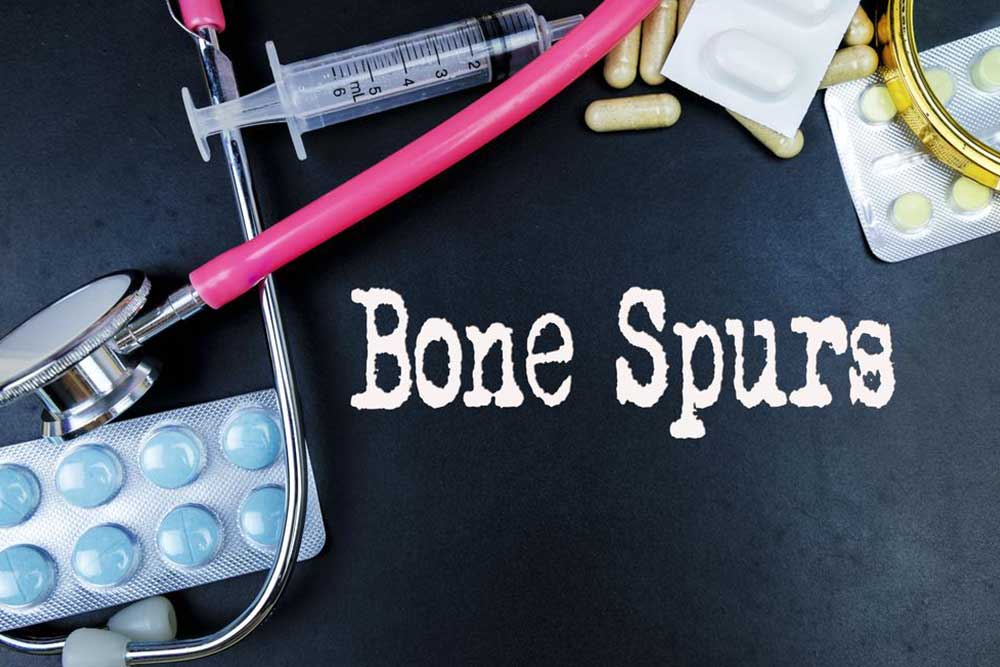Prevention and Treatment for Bone Spurs
Bone spurs, technically known as osteophytes are an extra outgrowth of bone mostly at the extreme ends of bones and joints. These hard bumps of bone are common in the neck (cervical spine), hands, shoulders, low back (lumbar spine), hips, knee, and heel. Bone spur by itself is not a cause of trouble unless it presses or rubs against another bone or nerves, which may cause pain and stiffness.
In most of the cases, bone spur arises due to injury or damaged bones due to medical conditions like osteoarthritis, rheumatoid arthritis, gout, and lupus. Whenever the bone suffers an injury or becomes weak, the natural response of the body adds an outgrowth in an effort to fix the condition.

Treatment for bone spurs
There are both non-surgical as well as surgical options for bone spur treatment. Here are a few of them.
- Medications
The anti-inflammatory medications like Acetaminophen, Ibuprofen, and Naproxen sodium help to manage the pain and swelling in the bone spur. However, orthopedics do not recommend the use of this medication for more than 4-6 weeks at a stretch as they have side-effects. It is advisable to consult the doctor before taking any medications. - Adequate rest
Getting ample rest helps to reduce the symptoms of a bone spur. It is a known fact that activity triggers the pain in bone and joint outgrowth, so short periods of rest may lessen the pain.
Administration of Cortisone epidural steroid injections has also proved to be beneficial in treating inflammation and radiating extremity pain syndromes, especially at the joints. However, the effect of this treatment is short-lived. In some cases, the doctor advises repeated dose to minimize the pain.
If the bone spur is acute, then surgery may be a better bone spur treatment option. The doctor surgically removes the bone spurs and thickened ligaments to reduce the pain.
Usually, it is not possible to prevent the occurrence of bone spur due to osteoarthritis as it results from natural wear and tear of the bones and joints. However, to reduce the chances of developing this medical condition, make specific lifestyle changes like wearing shoes with good arch support and thick socks, maintaining a healthy weight, walking or undertaking stair-climbing exercises.
So, this was all about the bone spur treatment and the prevention procedure. If you experience any of the symptoms of the bone spur, book an appointment with the doctor to manage the condition at mild and moderate stages.

